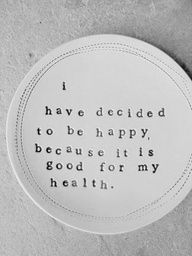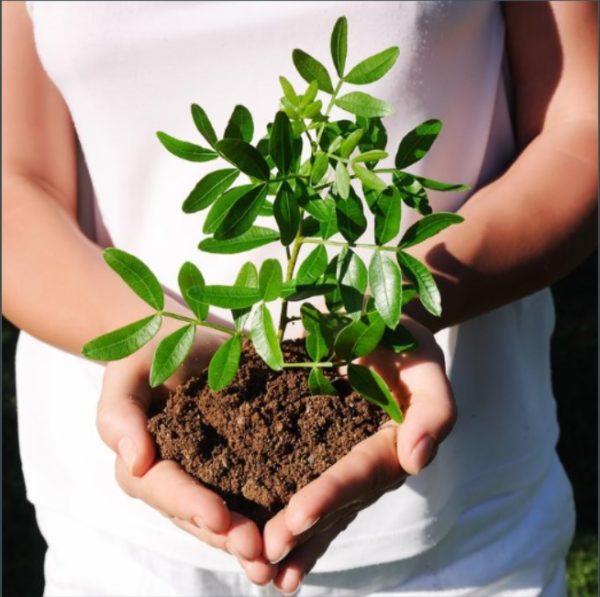meditation and yoga

At times life is chaotic, stressful and noisy. Luckily, there is a self-care tool available to use that can help calm the chaos of everyday. Additionally, this tool can help improve your health! This tool is meditation, also known as mindfulness activities or quiet reflection. Oftentimes when we quiet our minds, we are better able to cope with our everyday lives, during high-stress times, and even improve our overall health.
What is Meditation?
Meditation has many forms, but all forms have four main elements: a quiet space, feeling comfortable, a focal word or image, and allowing our minds to let go. For hundreds and hundreds of years, meditation has been used for increasing calmness and relaxation, coping with and healing illness, and enhancing our well-being. We can see how meditation has increased in popularity over the past five years; the number of people using meditation and meditation techniques has grown by 5%-15%.
Looking for Meditation How To?
When we look around the internet, there are many different articles and videos about how to meditate, much like the 15 Minute Healing Meditation: You Are Your Own Healer / Mindful Movement. Unified Caring Association (UCA) has a variety of meditation videos to help our members start and maintain a self-care routine that includes meditation. Our list includes videos and audio files that are uplifting and positive, relaxing and rejuvenating, as well as for healing and physical health.

How does it help with our health?
Stress can increase our heart rates, blood pressure, breathing and more. It is harmful if the stress is experienced over a longer period of time. Our adrenal glands become taxed and “…overproduce the hormone cortisol. Overexposure to this hormone can affect the function of your brain, immune system, and other organs.” (Harvard Health Publishing) Recently, health studies have shown that meditation has beneficial effects in combating stress, thus preventing adrenal gland “burnout.” Meditation is a way to be productive while your attention is focused inwards. This self care induces more relaxation. “Meditation is thought to work via its effects on the sympathetic nervous system, which increases heart rate, breathing and blood pressure during times of stress. “It will help you lower your blood pressure, but so much more: it can help your creativity, your intuition, your connection with your inner self, says Burke Lennihan, a registered nurse who teaches meditation at the Harvard University Center for Wellness. (Harvard Health Publishing)
Results from research on meditation and the brain have been published and reviewed for years now. Benefits of meditation, or quieting the mind, are “…now being confirmed with fMRI and EEG instruments. The practice appears to have an amazing variety of neurological benefits – from changes in grey matter volume to reduced activity in the “me” centers of the brain to enhanced connectivity between brain regions.” (Harvard Health Publishing) This reduced activity allows for creativity and problem solving to dominate without overtaxing the mind. (a.k.a. it basically becomes effortless and allows for new solutions to present themselves.)
Moving Meditation
One form of mindfulness or meditation is yoga. Most of us are familiar with yoga from the numerous studios dotting the streets and the even more videos online. Unified Caring Association also has a select list of videos to help members with their mental and physical health. An example is the YouTube video “Yoga for Complete Beginners” that blends the two ideas of yoga and meditation seamlessly. In this video, we are walked through a 20 minute meditation yoga combination that gets the body moving while the mind becomes restful.





















